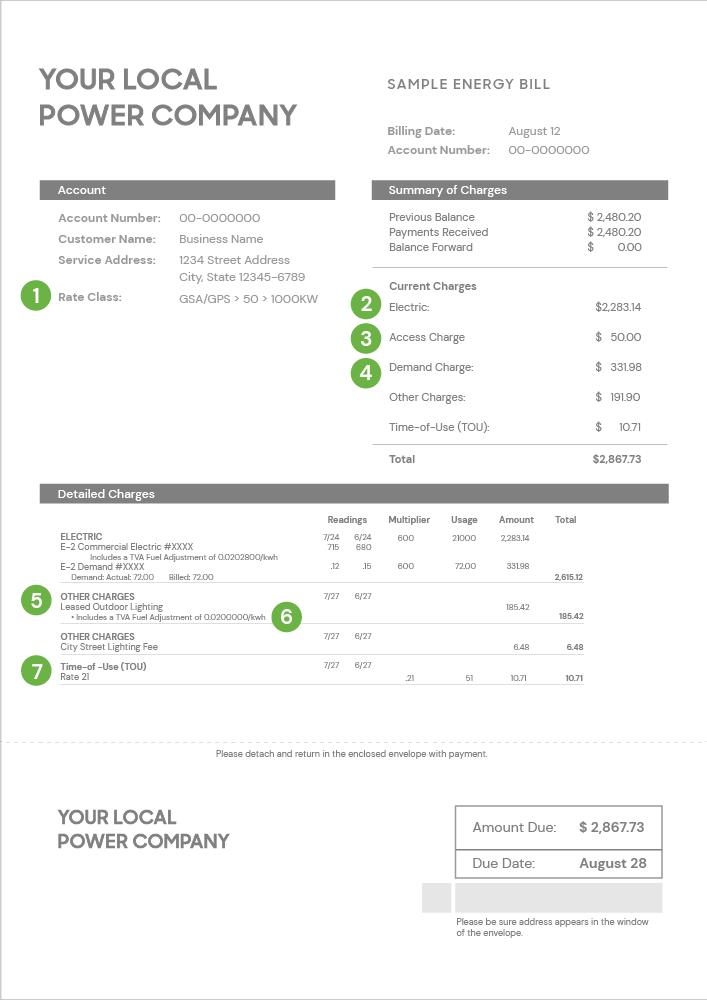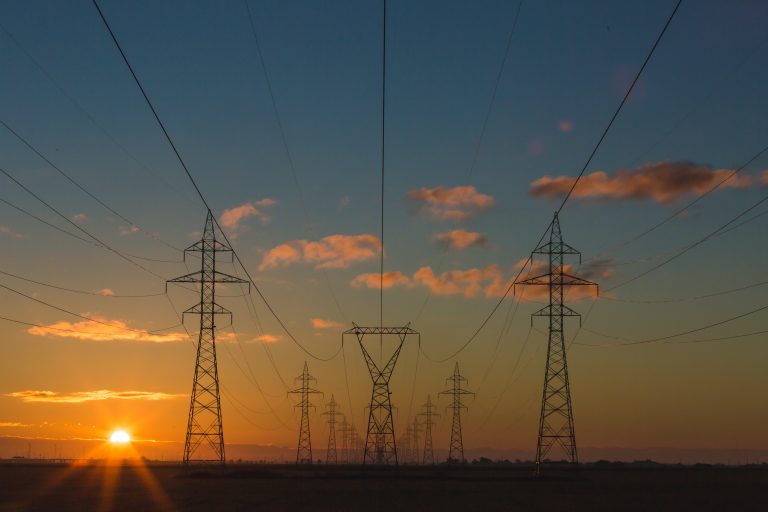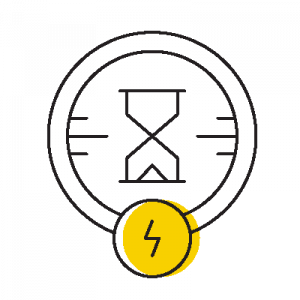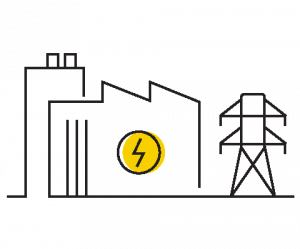Understanding business energy costs.
Making sense of your electric bill is the first step towards saving energy and lowering costs. Let’s get started.

The electricity price tag.
When it comes to determining your electric rate, there are a lot of variables in the mix. But it shouldn’t be a mystery.
Making sense of electric rates.
How reliable and affordable power all comes together.


Power to make a difference.
TVA is a public power wholesale energy provider. We provide electricity to 153 local power companies throughout the Tennessee Valley, who then deliver that power directly to your business. Public power means we’re not here to make a profit, we’re here to make a difference.

Electrifying the region.
The Tennessee Valley enjoys electric rates lower than 70% of the country. Thanks to lower rates, 99.999% reliability and nearly 60% carbon-free generation, we’re able to help attract companies from all over the world — and bring high-paying jobs to the region.
Powerful savings.
In partnership with local power companies, TVA offers several ways to reduce your electric bill for qualifying customers.
Business & Industry resources.
We’re here for you. Together we can do great things.

Preferred Partners Network
These TVA-vetted contractors are experts in their field, ready to help you find and implement the best energy solutions for your business.

Incentives
In partnership with local power companies, TVA offers incentives to help businesses in the region lower costs and operate more efficiently.

Energy Education
Make informed energy decisions. From industry trends to expert advice, we have the resources, advice and guides you need to make smart energy decisions.






